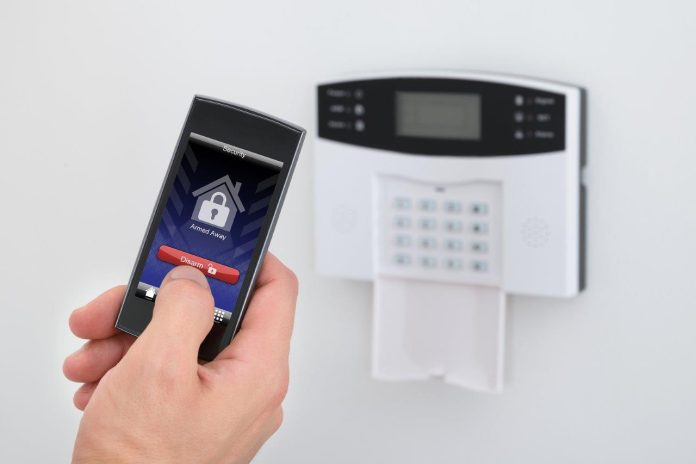Alarm monitoring trends in the U.S. are highly relevant to the Australian market, which experiences similar shifts in technology and application.
IT’S the similarities between long term trends in the U.S. and Australian markets, both of which use many of the same hardware and software solutions, as well as the same business models, that make the 2014 Security Sales & Integration Installation Business Report so interesting.
According to the report, just as they are in Australia, third-party central monitoring stations (bureau monitoring services) are very popular among American security installers. In the U.S. 74 per cent of installing security contractors use a third-party central monitoring station.
The figures for smaller companies are 74 per cent, for midsize companies it’s 83 per cent; and for larger firms it’s 55 per cent. In the U.S. around 16 per cent of installing security contractors own and operate their own central monitoring stations. The numbers are 3 per cent for small firms, up to 17 per cent for midsize companies and 45 per cent for large companies.
The percentage of U.S. households with professionally monitored alarm systems is growing, while the percentages of homes with self-monitored systems and local alarm systems are not. Monitoring Services in the U.S. are growing. Professional grade monitoring grew from 15 per cent to 18 per cent between 2012 and 2014. Conversely, self-monitored fee-based monitoring services dropped from 4 per cent to 2 per cent. Local alarm only stayed fairly constant with the longer term trend at 6 per cent.
“Thanks to consumer-oriented, interactive lifestyle service offerings, the average monthly monitoring fee rose to its highest level since 2003”
The most common causes of false alarms in the U.S. are an interesting topic and these causes are as mundane as you would expect them to be. Interestingly, it looks as if they could be significantly reduced with some effort. User difficulties when entering and exiting alarmed buildings continue to set off the most false alarms, although these causes fell 16 percentage points from a year ago. The only areas exhibiting increases in false alarm cause were weather related, which was up 5 per cent and equipment failure, which jumped 2 per cent.
Taken as a whole false alarms were caused by improper arming and disarming in 52 per cent of cases, by improper arming and exit in 48 per cent of cases, by lack of end user training in 34 per cent of cases, were weather related in 34 per cent of cases, due to equipment failure in 31 per cent of cases, pets in 20 per cent of cases, installation issues in 8 per cent of cases, and the result of other causes in 6 per cent of cases.
The fact these numbers add up to 226 per cent suggests there’s considerable cross over between the causes of false alarms. The first 3 are almost certainly related to a lack of user training and unfamiliarity with system operation but procedural issues relating to access to armed fire exits is another issue that torments monitoring stations at close of business every day.
As for the typical residential intrusion alarm system in the U.S. there are clear signs of change and these changes are being generated by the availability of new security and home automation devices, as well as changing expectation user’s have of their security system’s core functionalities.
Thanks to consumer-oriented, interactive lifestyle service offerings, the average monthly monitoring fee rose to its highest level since 2003. The average customer price paid for the installation of a residential intrusion alarm system moved upward to $US52, which was an increase of 4.2 per cent in 2013, to return to its highest figure since 2008.
Over the next couple of years, acceleration in the uptake of interactive alarm and home automation solutions is likely to lead to similar trends in Australia, where big North American solution providers including Honeywell, 2GIG and DSC, as well as Alarm.com and Telstra, are looking to contest a local market that in several key ways, remains stubbornly traditional.♦









